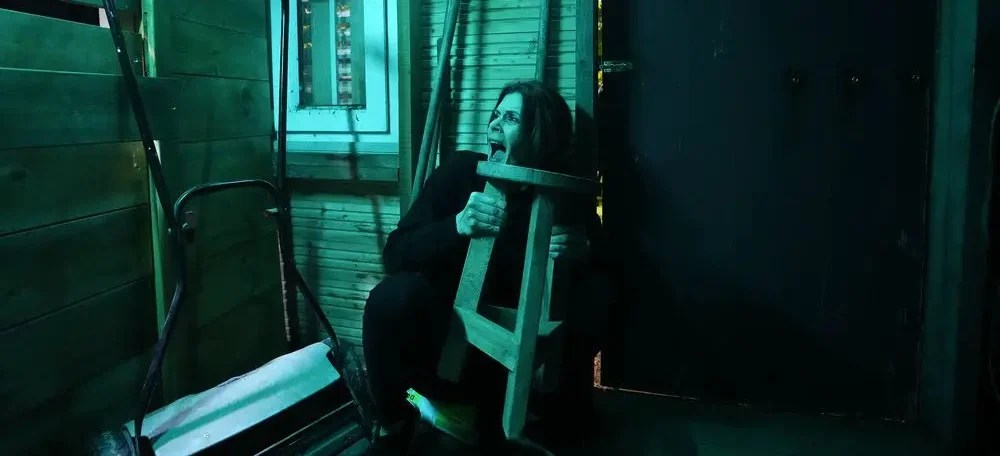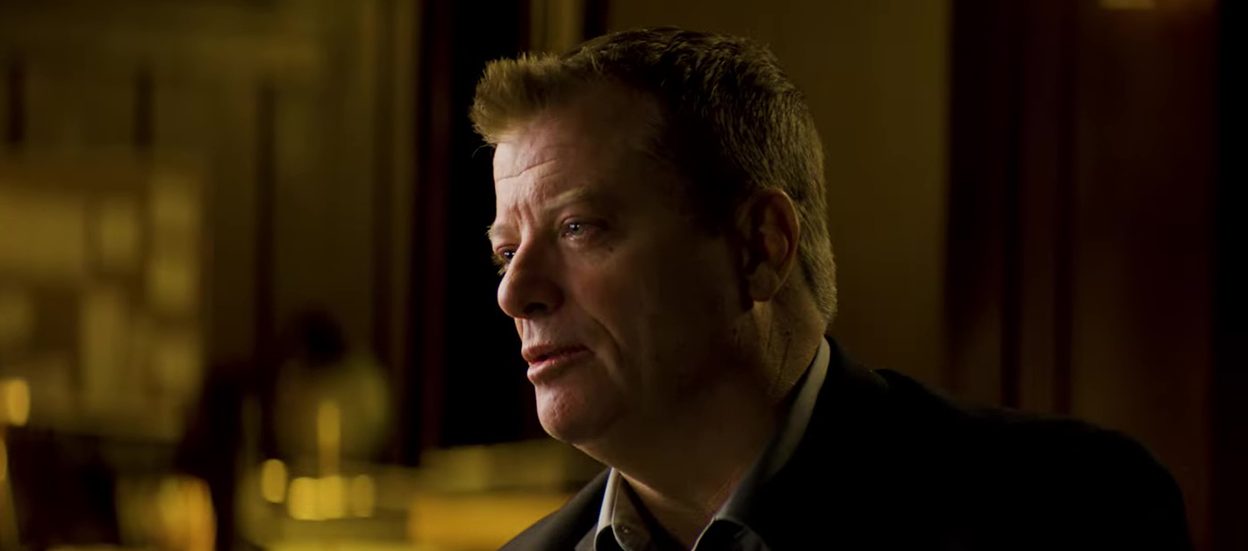Peacock’s anthology horror series ‘Suburban Screams’ offers a distinct horror tale set in a North American suburb in each of its episodes. From a spirit that was summoned using an Ouija board to a serial killer who terrorized an entire community that had been living in peace, the subject matter of these episodes varies but they all ensure a spine-chilling experience. As the six-part show convincingly terrorizes the viewers with relatable and realistic tales of horror, one may not help but wonder whether the same have real-life roots. Are these horror stories based on true events? Well, let’s discover, shall we?
The Real Stories Behind the Screams
‘Suburban Screams’ is based on true stories. Each episode of the series explores a real-life experience, event, or element of horror, with a narrator or narrators who experienced or witnessed the same. The show aims to display how real events are more horrifying than fiction since the former cannot be dismissed as works of imagination. The first episode of the show is based on the 1999 death of Kelly Lynn Fitzpatrick, who was found dead in between Luskville and Aylmer. Through Dan, who claims that he summoned Kelly’s spirit through an Ouija board, the episode addresses the possibility of her death being a murder.

The series also summarizes the heinous crimes committed by real-life serial killer Allan Legere in the city of Miramichi through the accounts of Rick Maclean and David Cadogan, the former editor and publisher of the local newspaper Miramichi Leader respectively. In addition to shedding light on his crimes, the particular episode reveals how Legere targeted Maclean and Cadogan for writing and publishing about him, exposing the true depths of horror associated with the murderer. Similarly, the show dives into more terrifying true accounts from the perspectives of victims to reveal that their experiences don’t fade away even after years.
“[…] the fact that what we did was focus it on the survivors, the people left behind, the people who’ve been either the victims or those next to them or what was happening,” executive producer Sandy King told ComicBook. “In the case of a community held hostage, a person stalked, any one of those things, they’re never not affected. We tend to think of crimes that are solved as having closure, but do those people ever really walk away unscathed? They don’t. You can’t help but be affected,” he added.
Another engrossing true story the show explores is the legend of the Bunny Man, which involves a man dressed in a rabbit costume who attacks people with an axe or hatchet, through witness accounts. “I think, also, that Bunny Man is really successful because basically that’s a hundred-year-old legend and that had a couple of foundations in fact that grew because of parents throughout the years trying to scare their kids into coming home at night. There were two modern occurrences that were in newspapers and things that didn’t involve any deaths and all of that, but it grew largely because it was the age of when John Walsh’s kid was kidnapped and that heightened everything, so various real-life occurrences played into the myth of the Bunny Man,” King added.

The episodes of ‘Suburban Screams’ also include scripted parts depicting the narrators’ accounts. The creative heads behind the series tried their best to make sure that these portions stick to reality without any compromise. “[…] your interviews and your real pieces are the touchstones that remind the audience in the middle of the scripted portions. Yes, this really happened, and we also really kept a leash on it to not make the scripted portions untrue. Everything in these stories happened, we just heighten it,” King said in the same ComicBook interview.
Ultimately, the series presents the reality behind these true events with utmost authenticity. “I think the key here is to not make light of what their truth is, and their truth is their fact. It’s what they live, and so what you have to do is respect what it is they now live with forever. […] That’s a truth that we can’t betray if we’re telling their stories, and remember that we met these people and interviewed these people, so there’s a trust in their relationship with us, and you can’t be jerks and then just suddenly put swamp monsters in their story or do something that makes it so that we think it was more terrifying,” King added.
Read More: Where is John Carpenter’s Suburban Screams Filmed?


You must be logged in to post a comment.